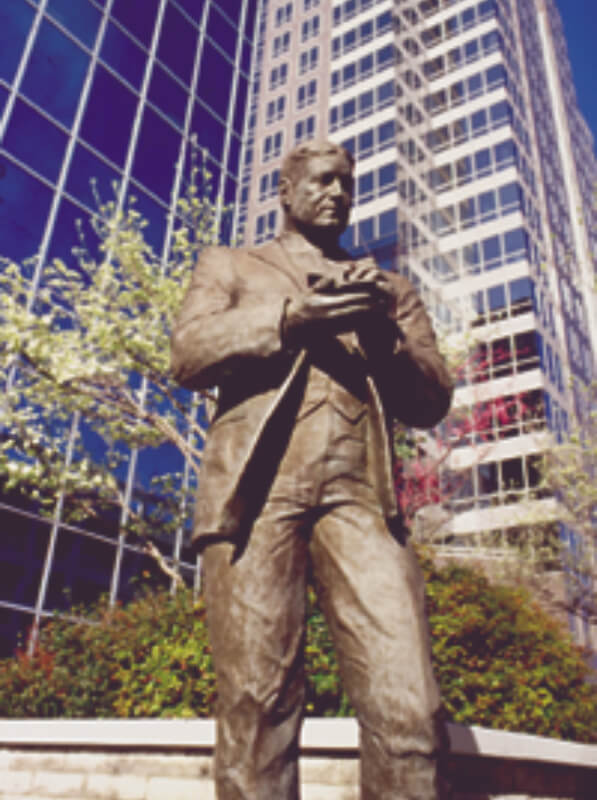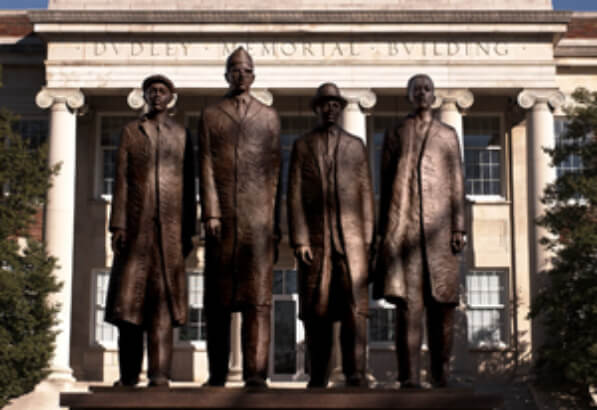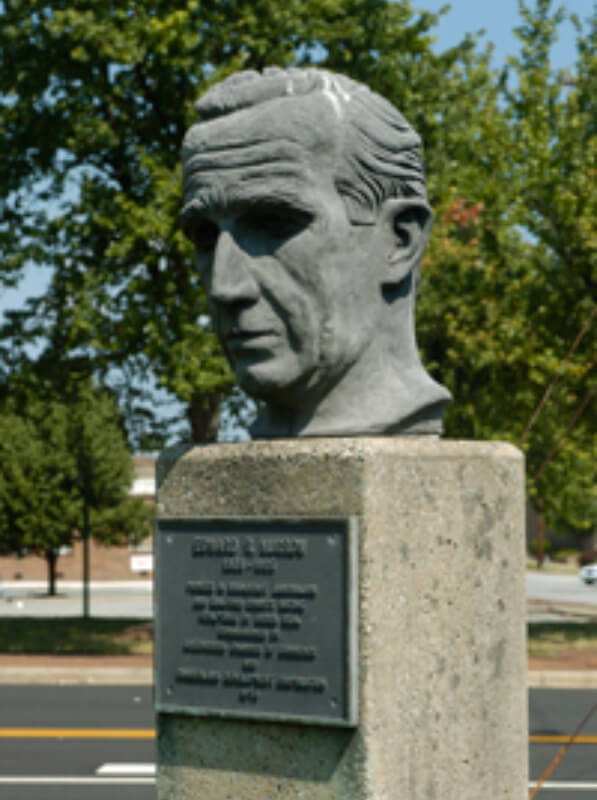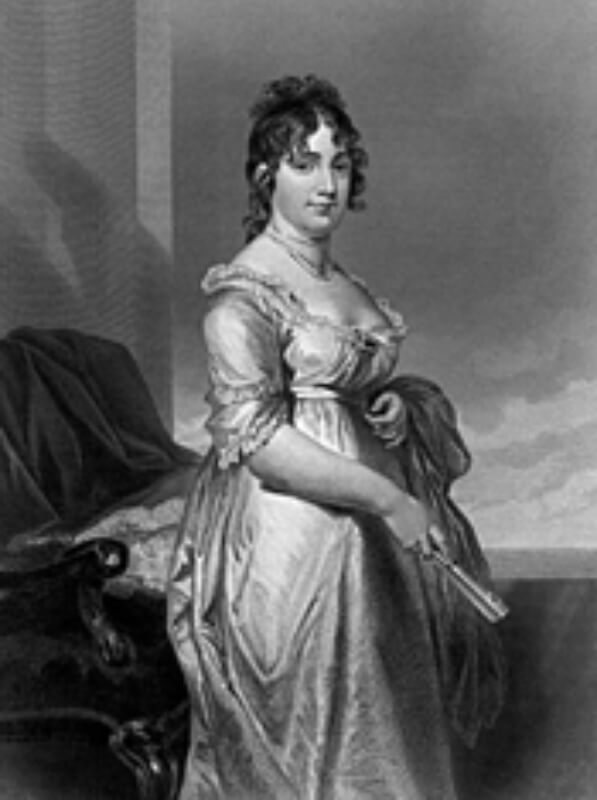
As with many famous people from the past, Greensboro’s most notable citizens don’t necessarily possess degrees of higher education or squeaky-clean legal records. But what they lack in classic virtues they make up for with wit, gumption, and the talent it takes to claim a place in the history books. From artists and actors to lawmakers and titans of industry, Greensboro citizens will be remembered for years to come. Some notable citizens include the author O. Henry and broadcaster Edward R. Murrow.
William Sydney Porter (O. Henry)

- William Sydney Porter, who is more widely known by his pen name O. Henry, was born on a plantation in Greensboro on September 11, 1862.
- William’s mom passed away when he was only three years old.
- William’s Aunt, Lina Porter, educated him with a focus on literature. Her schoolroom has been replicated in the Greensboro History Museum.
- O. Henry was famous for his short stories, which usually romanticized the commonplace. His use of humor and surprise endings became trademarks of his writing style.
- His childhood in Greensboro was influential in O. Henry's publications and in the connection he had with his birthplace.
Albion Tourgee
- Writer Albion Tourgee was a well-known lawyer during the 1870s. He outraged Greensboro locals by demanding equality for newly freed slaves. This kind of social heresy brought threats from the Ku Klux Klan and ostracism from the white establishment. However, some local lawyers recognized Tourgee’s keen legal talents and admired him.
- “A Fool’s Errand,” regarding the Ku Klux Klan and Reconstruction Era, was set in the city Tourgee called Verdant (verde in Latin means literally green in color). The book sold more than 200,000 copies.
- Tourgee later settled in New York State. In 1896, he represented Homer Plessey in the landmark Supreme Court case of Plessey vs. Ferguson surrounding the legality of racial segregation. Tourgee argued that segregation was unconstitutional, but lost his case. The so-called “separate but equal” policies continued in the South for another 60 years.
Greensboro Four

- On February 1, 1960, four N.C. A&T University freshmen – Franklin McCain, Joseph McNeil, Jibreel Khazan (formerly Ezell Blair Jr.), and David Richmond, sat down at the whites-only Woolworth dime store lunch counter and refused to leave when denied service. Six months later, Woolworth and the nearby Kress Dime Store integrated.
- The sit-ins, which brought hundreds of students from local black and white colleges downtown to join the effort, were entirely nonviolent.
- Historians regard the sit-ins, which inspired similar actions throughout the South, as a watershed event in the national civil rights movement.
- The old Woolworth store is now the International Civil Rights Center & Museum.
Edward R. Murrow

- Pioneer radio and television broadcaster Edward R. Murrow was born in southern Guilford County on the banks of Polecat Creek. He would later joke about the creek, saying that a polecat is a nice way of saying skunk.
- Murrow left Guilford County with his parents when he was about five to move across the country to Washington, where he graduated from Washington State University. He eventually worked for the CBS Radio network and reported from London during the early days of World War II. His baritone, doomsday voice became famous when he broadcast from rooftops as German bombs fell on the city. He began each dispatch with the words, “This is London.”
- Later, as a television commentator, his most famous show condemned the communist-baiting Sen. Joseph McCarthy during the height of McCarthyism. He famously ended broadcasts with the catchphrase “Good night, and good luck.”
- Murrow occasionally returned to southern Guilford County to visit his many relatives in the Centre community along N.C. Hwy 62. After one trip, he boarded a train in Greensboro and met his future wife, Janet. Some years after Murrow’s death in 1965, she donated one of her husband’s Seville Row-made World War II correspondence uniforms to the Greensboro Historical Museum. His bust stands in the park behind the museum.
Red and Arthur Prysock
- The Prysock brothers, Red and Arthur, enjoy a cult following among music aficionados. They grew up in the all-black Terra Cotta community in west Greensboro.
- Arthur Prysock had a rock and roll hit record in the 1950s, “I Didn’t Sleep a Wink Last Night.” Many of his other hits were made famous by other singers, including the popular song, “When I Fall in Love.”
- Red Prysock was a saxophonist, who often teamed with his brother and recorded many albums himself. He was adept in many musical niches including swing, doo-wop, and the blues.
David Ackerman
- David Ackerman, better known as “Stringbean,” was on the popular television show “Hee Haw” during the 1970s.
- A Kentucky native, he lived in Greensboro for some time and did a radio program each morning in the studios of WBIG Radio. He performed live on the banjo with several other musicians.
- In addition to “Hee Haw,” Ackerman later went on to star with the Grand Ole Opry.
Randall Jarrell
- Randall Jarrell served a two-year appointment as Poetry Consultant at the Library of Congress.
- In 1961, Jarrell won the National Book Award for his poetry collection, “The Woman at the Washington Zoo.”
- Following his military service in World War II until his death in Chapel Hill in 1965, the Tennessee-native taught at what’s now UNC-Greensboro, an all-female school at the time. The best and brightest women enrolled at UNCG because many colleges didn’t accept women.
Dolley Madison

- Dolley Madison was born on May 20, 1768 in the Quaker settlement of New Garden, North Carolina in Guilford County.
- She was married to the fourth President of the United States, James Madison, and served as First Lady of the United States from 1809 to 1817
- Dolley Madison occasionally acted as First Lady during the administration of Thomas Jefferson, fulfilling the ceremonial functions more usually associated with the President’s wife, since Jefferson was a widower.
- Several of Dolley Madison’s gowns and belongings can be viewed at the Greensboro Historical Museum.
Charles Steadman
- Charles Steadman was a native of Chatham County and a Wilmington resident for many years before moving to Greensboro to practice law.
- In 1910 at age 70, he was elected to the district’s congressional seat and remained there until his death in 1930.
- He served in the Civil War in one of the first battles at Bethel and was with Gen. Robert E. Lee at Appomattox.
- Steadman became the last Civil War veteran to serve in either the U.S. House or the Senate.
Charlotte Hawkins Brown

- Charlotte Hawkins Brown was born Lottie Hawkins in Henderson, North Carolina on June 11, 1883.
- Her dedication to educating young African Americans led the tiny, one-room school she taught at in Sedalia to become an accredited school and junior college. It was renamed the Palmer Memorial Institute in honor of her benefactor.
- The Charlotte Hawkins Brown Museum at Historic Palmer Memorial Institute, established in 1902, is North Carolina’s only state-supported historic site to recognize a woman and one of the first to honor an African American.

